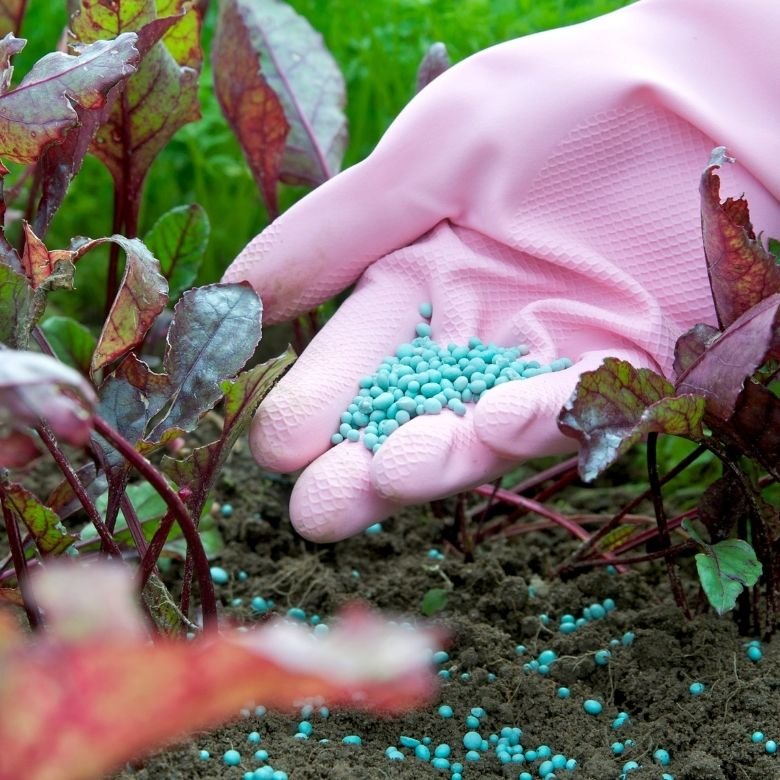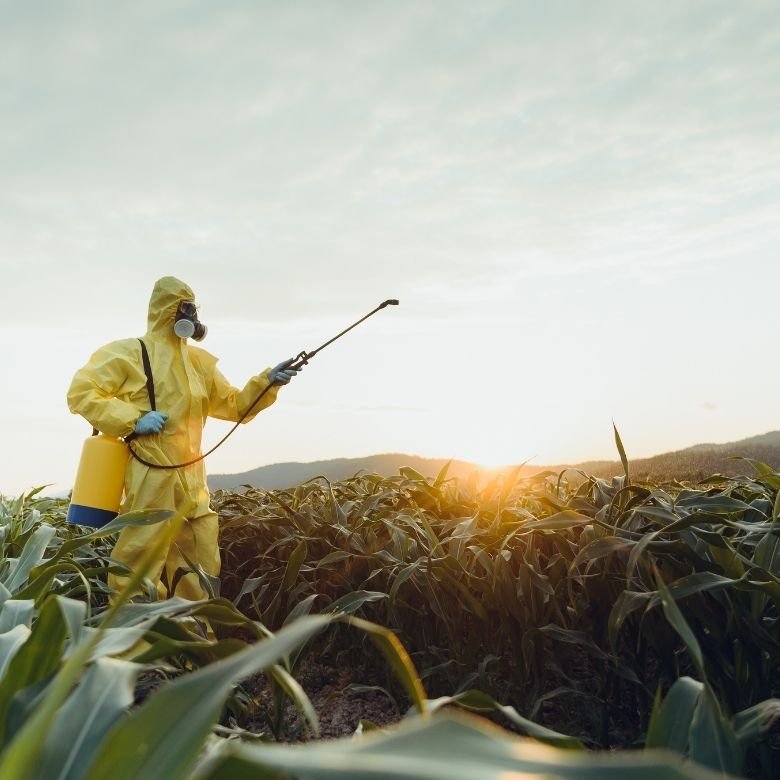In the late 19th century a significant growth in food production was experienced due to the implementing of intensive agriculture and industrial livestock production. Most traditional farming methods were replaced by modern inventions, including mechanisation and utilisation of synthetically produced fertilisers, herbicides, fungicides and pesticides. How do we protect our crops? How can we properly use plant protection products? You can read all about them in the article below.
Growing plants is not easy. They are exposed to attacks by various pests and may develop various diseases. In order for arable farming to be successful and efficient it is necessary to employ protective measures against the negative effects of external factors. Furthermore, the measures used not only have to be effective but also eco-friendly. This is what we use modern plant protection products for.
Classification of chemical plant protection products.
- Fungicides – pesticides used against fungi and their spores. Their action primarily involves damaging the cell membranes of fungi or upsetting energy production in the cells.
- Herbicides – a group of pesticides which eradicate weeds in crops selectively or non-selectively. Weeds hamper the growth of desirable crops. The primary ingredients of herbicides are active agents such as glyphosate. They are synthesised from phosphorus compounds of very high purity, and include phosphorus oxychloride and phosphorus trichloride. Another substance used in the production of herbicides is monochloroacetic acid. It is an intermediate compound in the production of plant protection products, such as 2,4-dichlorophenoxyacetic acid or chloroacetyl chloride. One of the producers of these types of chemical raw materials is the PCC Group. The advantage of these products lies in their low content of pollutants.
- Insecticides – chemical substances used against insects. They are classified according to their structure and their mode of action. A large share of insecticides can affect the nervous system of insects or serve as endotoxins or growth regulators. Paradichlorobenzene is one example of an agent used as both an insecticide and fungicide. Its use involves the emission of a strong odour in contact with air. This causes it to repel such insects as moths. PCC Group offers this product in solid form. This company in Brzeg Dolny also produces one of the major ingredients used in industry – chloride, which is also used in products such as insecticides.

- Adjuvants – pesticide additives which are designed to improve efficacy. The wax-like surface of plants and fungi obstructs the penetration of pesticides on their way to their destination. Adjuvants are therefore added to overcome that wax barrier. This group of plant protection products includes surface active agents, buffering agents, vegetable oils and anti-foaming agents. The key issue is the use of the right adjuvant for a specific plant, because it could be damaged by other substances. Surface active agents with wetting properties reduce the surface tension of liquids. This results in better distribution of the solution on the surface of the plant and quicker absorption which prevent the product from being washed away by rain or dew. The products with excellent wetting properties offered by the PCC Group include EXOwet additives, as well as ethoxylated fatty alcohols (IT series ROKAnols, ID ROKAnols, NL ROKAnols). They are also easily biodegradable, which means they do not harm the environment. The use of oils or organic solvents in plant protection products limits the mixing capacity of the products with hydrophilic compounds. Surfactants are therefore used because of the emulsifying and dispersion properties, allowing an emulsion to form. With the use of EXOemul series products it is possible to produce adjuvants based on vegetable oils, mineral oils or their derivatives. Agrochemicals should also not create foam because it hinders the application of the product. This means that it is necessary to use anti-foaming agents. Also worth mentioning are the low foaming surfactants such as ROKAnol NL8P4 and LP series ROKAnols, which have additional wetting and emulsifying properties.
- Growth regulators – products which allow natural physiological processes to be stimulated, including germination and dormancy of seeds, leaf ageing, cell division, growth and differentiation of cells. They also provide protection against all biotic and abiotic stresses.

Key rules in using plant protection products
The primary division of the chemical plant protection products which prevent the loss of crop yield was presented above. However, in choosing and using a product it is necessary to bear several important rules in mind, such as:
- careful identification of the existing problem and appropriate selection of a plant protection product,
- reading the label on the product and the instructions for its use,
- wearing protective clothing while using the product,
- rotation of plant protection products. This is important to avoid them developing a tolerance to the active substance contained in the product, which in turn decreases its efficacy.
Many plant protection products are intended to act quickly and selectively without negatively affecting the environment. However, an advantage of some products is their non-selective action. These agents include glyphosate. PCC Group provides a range of resources and intermediate products used in the production of individual plant protection products. Some of them have been presented in this article, and more details on the range can be found at www.products.pcc.eu.
Sources:
- https://www.umweltbundesamt.de/en/topics/chemicals/plant-protection-products
- https://food.ec.europa.eu/plants/pesticides_en


